As you know, Starlink may have beaten everyone to the punch but there are competitors in the low-Earth orbit (LEO) satellite game. Today, the second biggest player is Eutelsat with its OneWeb-branded service. The Chinese faced delays but are finally getting satellites up into space.
- Remember, Starlink’s road to serving Zimbabwe is still fraught with hurdles even if their map indicates they are targeting a Q3 2024 launch in the country.
- The road is less bumpy for OneWeb who have secured partnerships with the two biggest Internet Access Providers in the country – Liquid and TelOne.
- The Chinese are good friends of Zimbabwe and if their service were ready, I don’t see many hurdles in its way.
Also note, as of July 2024, Starlink had 6111 satellites in orbit, whilst OneWeb had 628. OneWeb’s orbit is at a higher altitude and so they need fewer satellites to cover the globe than Starlink does. That has its drawbacks though.
China’s Thousand Sails takes…sail
On the 6th of August 2024, China took its first steps to bring the fight to Elon Musk and Starlink.
China launched its first batch of satellites for a mega-constellation like the ones Starlink and OneWeb have. The initial group of 18 satellites was launched from the Taiyuan Satellite Launch Center using a Long March 6A rocket. We’ll talk about that rocket later.
The launch was part of the Qianfan ‘Thousand Sails’ Constellation, also known as the G60 Starlink Plan, developed by Shanghai Spacecom Satellite Technology.
Do note, ‘G60 Starlink’ is not an official name and neither is Starlink just another name for LEO satellites. Rather G60 Starlink is probably meant to associate this service with the well-known American service, it’s like calling Winky D the Vybz Kartel of Zimbabwe. It’s so you know what it does.
China aims to deploy over 15,000 LEO satellites by 2030, providing global internet coverage. The first 18 were successfully launched this Tuesday and they plan to get that number up to 108 by the end of 2024. That number should get to 648 by the end of 2025.
The rocket breaks apart in space
The 18 satellites were successfully deployed but the upper stage to the Long March 6A rocket split into fragments.
Satellite monitoring company LeoLabs estimates that it broke into at least 700 fragments, potentially 900. So that’s at least 700 pieces of debris in low-Earth orbit.
So what? – you ask. The debris, orbiting at 800 kilometers, poses a threat as it could potentially fall into lower orbits, impacting Starlink’s satellites at 550km and the International Space Station at 400km.
I know what you’re thinking: Did the Chinese plan this out to kill two birds with one stone? Did they manage to launch their own satellites while setting up the destruction of a rival’s constellation and even its parent country’s space station?
That would make for a good movie but unfortunately, there is no evidence or even suspicion that that’s the case.
The debris might actually endanger China’s own constellation, for one. You might say, “Well, maybe they sacrificed 18 satellites to threaten Starlink’s 6111 and the American space station. That would be worth it.”
To which I say, listen, neither the American Department of Defence (Space Command) nor Starlink suspect foul play, publicly at least, so let’s leave it at that.
Those two American entities go on to say the debris field doesn’t pose an immediate threat. However, even if (when) the debris falls to the level at which Starlink satellites orbit, that won’t signify absolute danger.
Starlink satellites have thrusters capable of maneuvering them away from space junk. There is a reported incident of them dodging debris from a 2021 Russian anti-satellite missile test.
It appears all satellites should be able to do this because they estimate the debris will be up there for decades.
Let the Chinese come
Sometimes I believe I have blinders on because when I want something to happen so bad, I tend to ignore the downsides. I badly want affordable internet for Zimbabweans that I’m willing to downplay any downsides to how we get that.
I say that to say, I want Chinese satellite internet in Zimbabwe to compete with mobile network operators, internet access providers and other LEO satellite players.
Are there concerns as to what a Chinese-controlled internet will look like? Of course. They wouldn’t dare put up the Chinese firewall if they were to be an internet service provider across the globe, right?
Maybe not that but we would have to kiss whatever little figment of privacy we think we have goodbye with the Chinese in charge.
The world over, especially in the West, the concerns over a Chinese-controlled LEO constellation primarily revolve around issues of national security, data privacy, space debris and global competition.
Privacy and debris are done deals already.
Let them care, all I see is another potential competitor who could help drive internet access prices down in Zimbabwe. So, let the Chinese come, space debris and all.
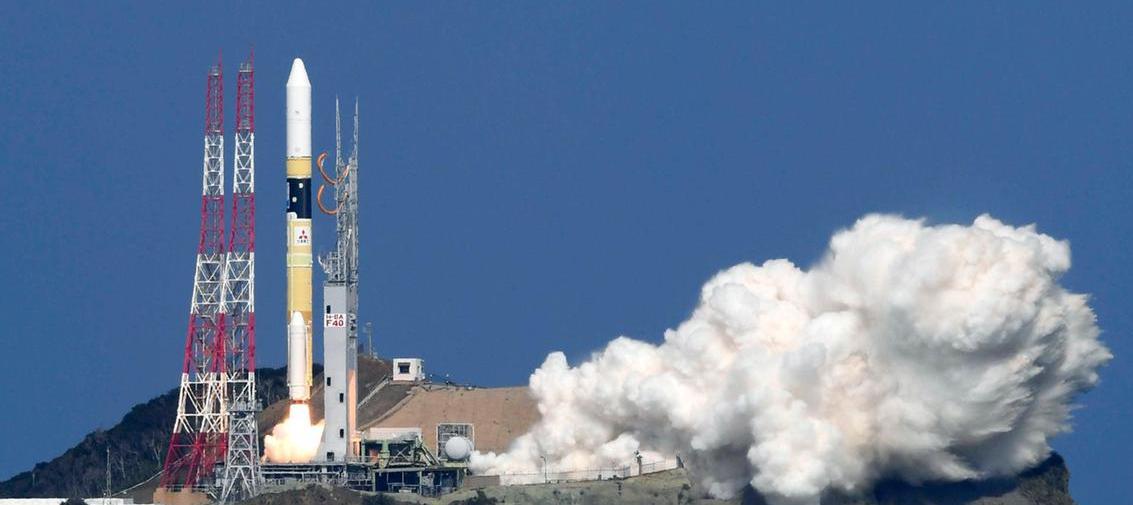


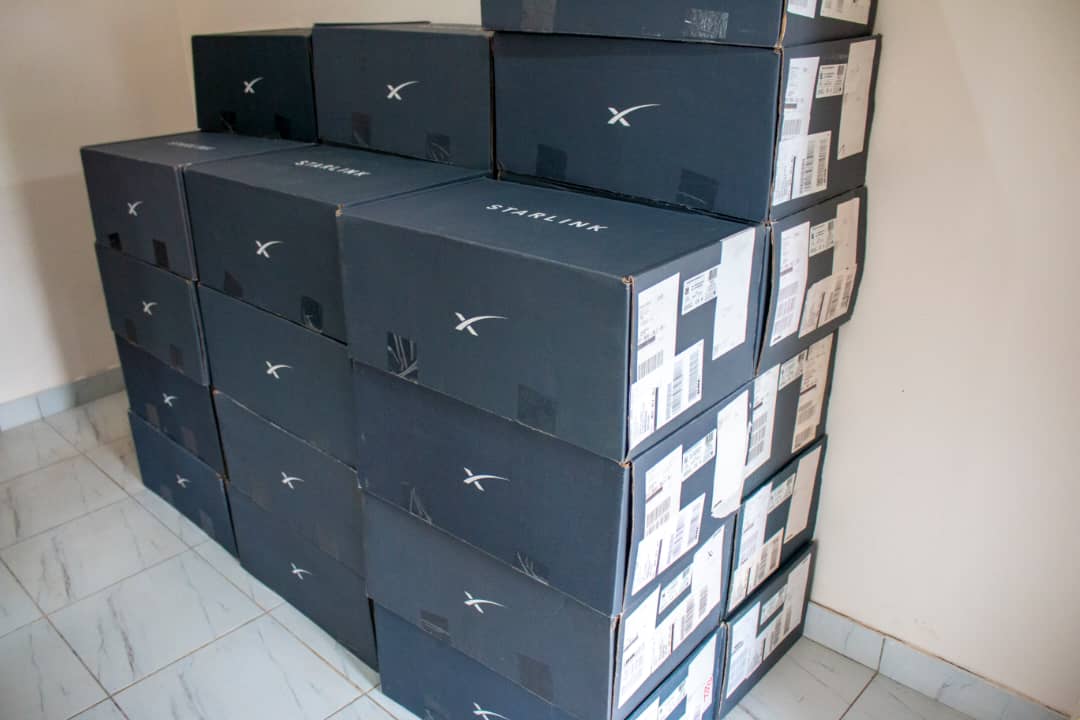
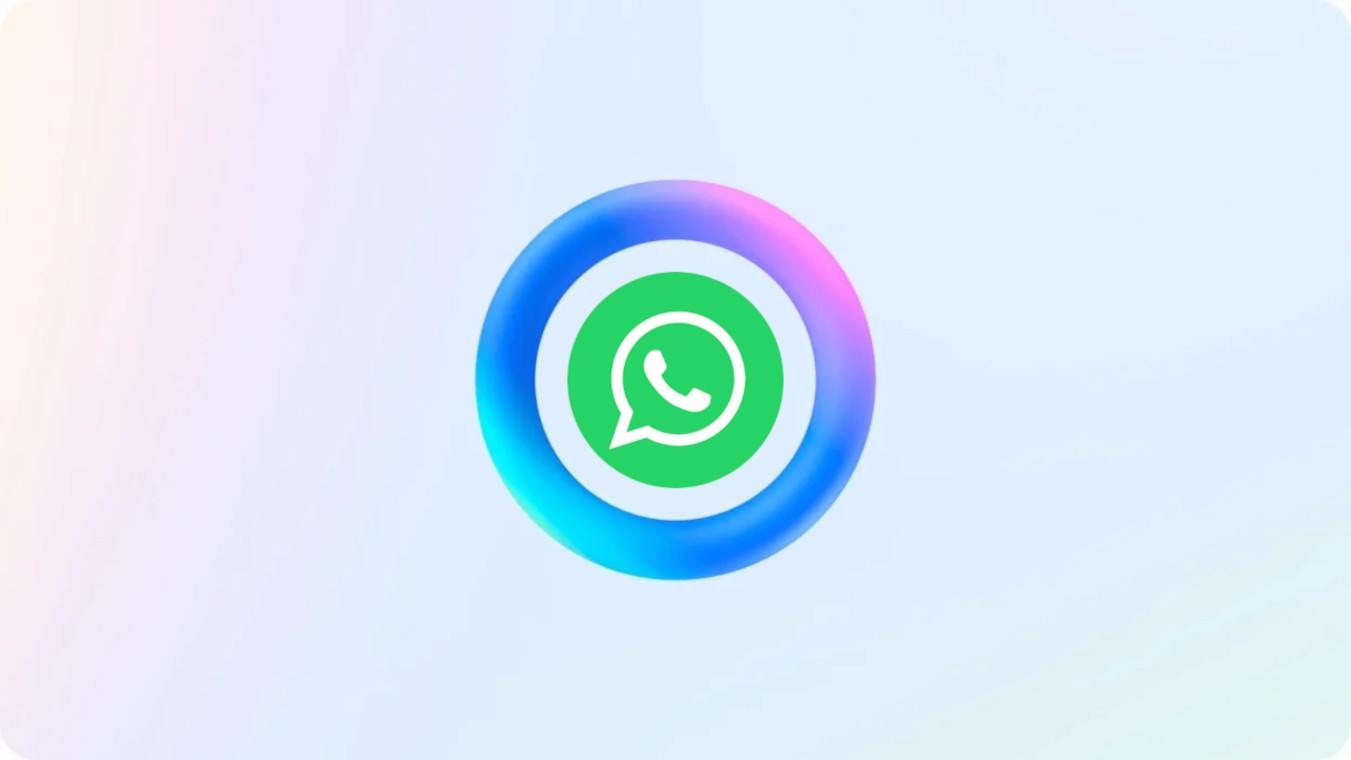
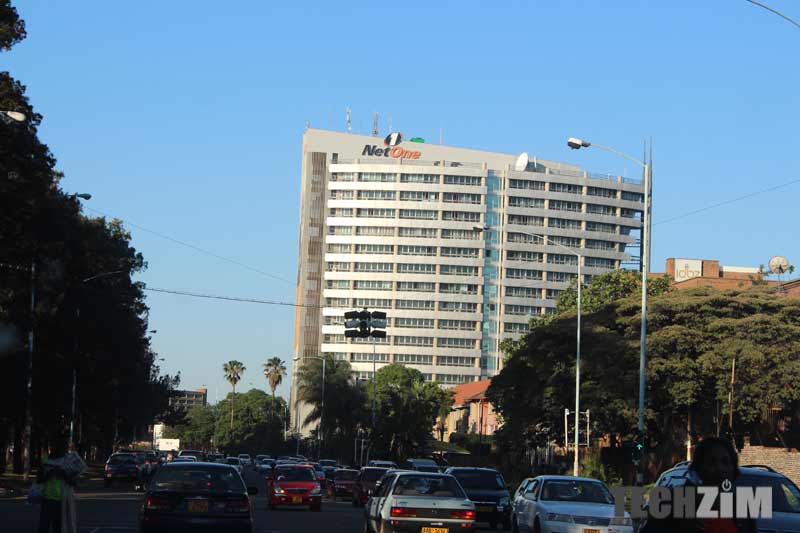

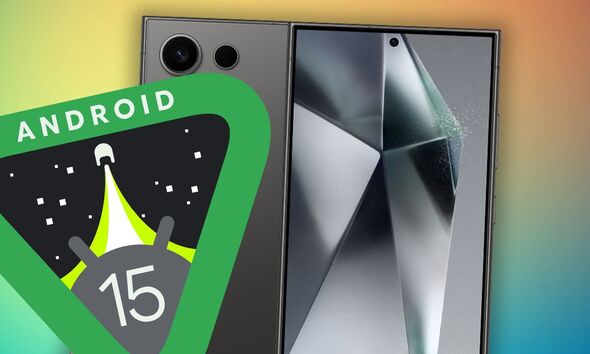


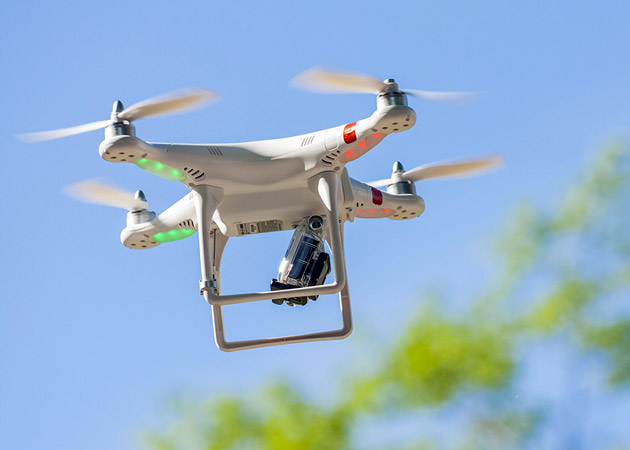



Comments
24 responses
Huya muChina huya Zimbabwe ndeyemunhu wese
Ngaauye hake for sure 😂😂😂
“Kindly visit any nearest Telone shop with your modem. Kindly note that you need to buy modem $30, installation fee $23.^”.. HOW RELIABLE IS THIS MODEM GUYS..HELP..
Not even the Zim Gvt will give the Chinese unfettered access to their infrastructure…hakuna asingazii kuti paPrivacy Data China imbavhaaaa.
What makes you think our local ISPs do not aid data leaks?
Pamberi nemu China😂🇨🇳. Achaita ma 10 dolaz unlimited and kit yacho tenge takunoitenga pa alibaba kana ku downtown kunge ma solar. Zve data privacy for a Zimbabwean if you have extremely special “content” that you want to keep private maybe you should be concerned the rest of us haa internet ndoyatirikuda chete
Kkkkk
Just like with their second COVID vaccination they gave the country for free during its introduction and testing before certification, I can see them giving free kits and free data to government to distribute to its friends in the country for testing the G60 Chinese Starlink. They may actually given to the company that was set up for the “real” Starlink.
Chinese have a propaganda to push. Don’t think this freebee is for mahala 😂
Competition will eventually benefit the end-user. That is good for the sector as well. We can’t have an industry whereby one company literary owns 89% of the market share. That is not health for anybody.
Obviously the Chinese will be granted a license faster than starlink. Knowing our gvt they would rather have the Chinese on their corner than the west
Who is the owner of techzim and where is that guy working I wonder
I wouldn’t be excited since the Chinese are also as corrupt and selfish as our own internal government. Meaning there won’t be significant changes in internet cost going low. The other thing is if the Chinese controlled half of the world’s internet infrastructure that would mean they’ll be another tech battle and economic sanctions against the Chinese. That would mean we’ll be stuck with Chinese Media. Imagine Chinese Youtube that would be gruesome. If you don’t get what I’m saying just go checkout a Xiaomi phone with Chinese version of MiUI. (Its the Xiaomi User Interface that is aimed for their local market) You wont get any google services. Using an android phone without google services is like using a Samsung phone with Tizen or the old Java. It works for the Chinese since they are used to this. They’re literally disconnected to the whole world in terms of Media. But imagine what it would do to us. A long time ago I once heard an old man saying very soon our children will be learning Chinese as the primary language in school. We’ll be headed there if that happens. I’ll be better off leaning to the west.
Y’all trust the Chinese and keep acting like Covid-19 didn’t happen. The reasons they’re friends with the Zanu Government is because they’re communists. I’d rather the internet gets controlled by the west atleast the somehow respect human rights
I won’t ever forget Tiananman Square. Our Mwene Mutapa seems to have copied & pasted it these last couple of weeks.
The best will succeed in the space station war for the terms and privacy is another thing altogether
Space debris are common, Boeing starliner is stark on ISS and is about to become Space junk.
Not quite true. The issue is whether it comes back to mother earth with its original crew or it comes back as an unmanned flight, with the crew hitching a ride with Elon Musk in six months’ time or so.
From your friendly neighbourhood AI:
Starliner and ISS Crew Update
Boeing’s Starliner spacecraft has encountered significant challenges during its recent Crew Flight Test (CFT). Issues with the propulsion system, including multiple helium leaks and thruster problems, have delayed the mission and forced NASA to consider alternative return plans for the two astronauts on board.
Key Points:
* Propulsion System Issues: Extensive testing is underway to address the propulsion system problems. While some progress has been made, the spacecraft’s overall readiness for a safe return remains uncertain.
* Extended ISS Stay: NASA is considering keeping the two astronauts, Butch Wilmore and Suni Williams, on the ISS until early next year. They would then return to Earth on a SpaceX Crew Dragon spacecraft.
* Backup Plan: SpaceX’s Crew Dragon is being prepared as a backup option to bring the Starliner crew home if the spacecraft is deemed unsafe for return.
* No Final Decisions: NASA has not yet made a final decision on how the Starliner crew will return to Earth. A top-level flight readiness review will determine the next steps.
The situation is still developing, and more information is expected in the coming weeks.
In the tech world there’s a mantra that goes…
Move fast and break things.
Competition is good already it looks like Starlink is raising their subscription for their roaming package check price hike in Malawi It has gone up.
Interesting to see how the next few months will be like regarding internet access provision
What is the Malawi roaming package subscription now? What was it before?
Thank you in advance, as most, if not all the readers here are not able to check the Malawi figures.
Starlink charges with balancing load in mind. New areas like us get low rates until we reach adoption capacity. But while they do that, they also give the rest of the world deals that Americans don’t always get, like the standalone Starlink mini. There’s also the official refurb kits so all in all, they are still rather competitive. That’s not to say they are immune to Chinese tactics. Putting aside how ‘lucky’ it was that the Chinese rocket exploded below their operational orbit height but right on top of Starlink and others, they can beat them into submission (in places like here where) with ultra cheap prices backed by the CCP/CPC
I think it would be a tie with some of the first signals we broadcast if we left now and travelled at light speed. Ideally, we would have managed to archive everything in the first place so that people could watch The Bachelor on the way there😅